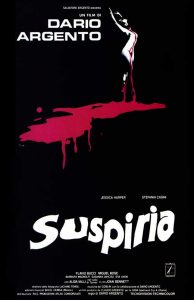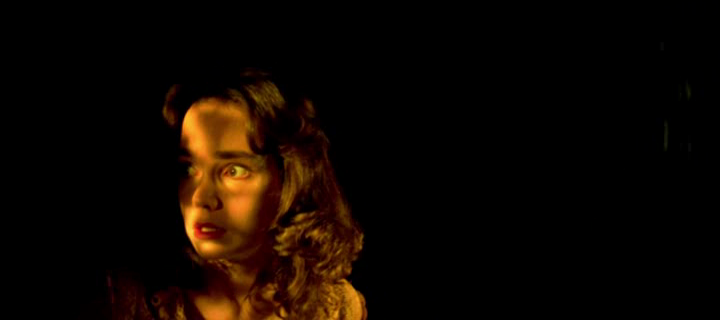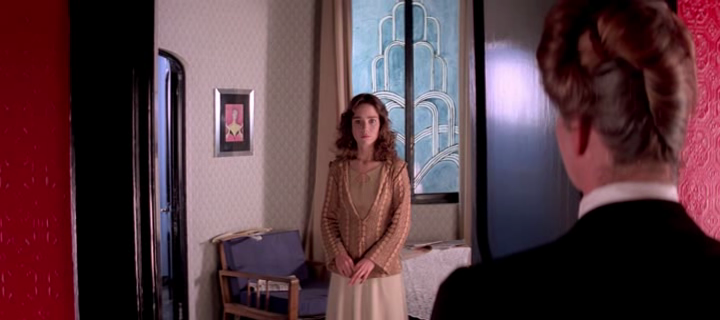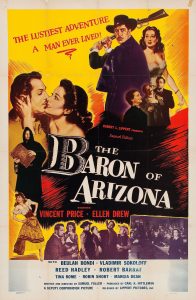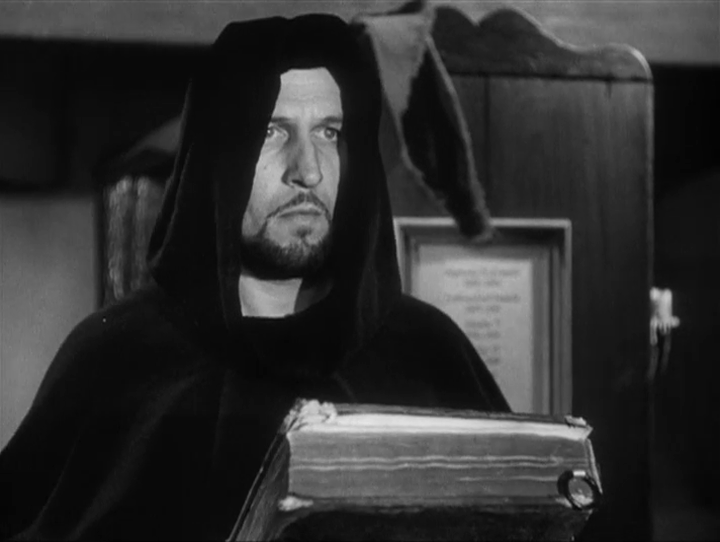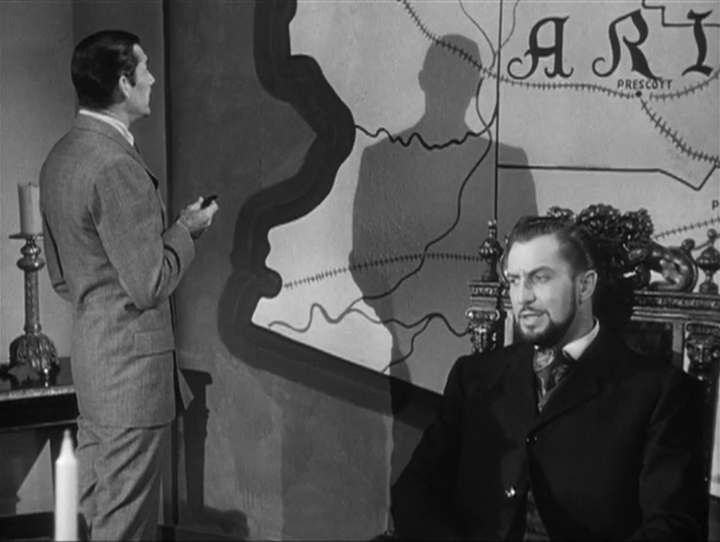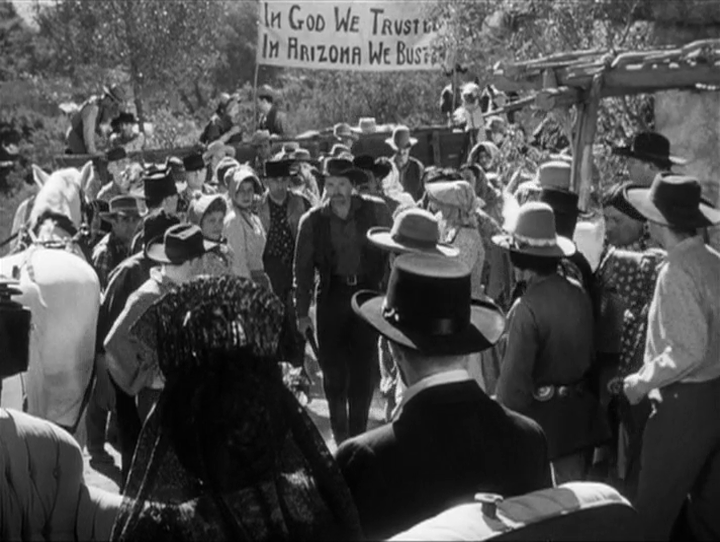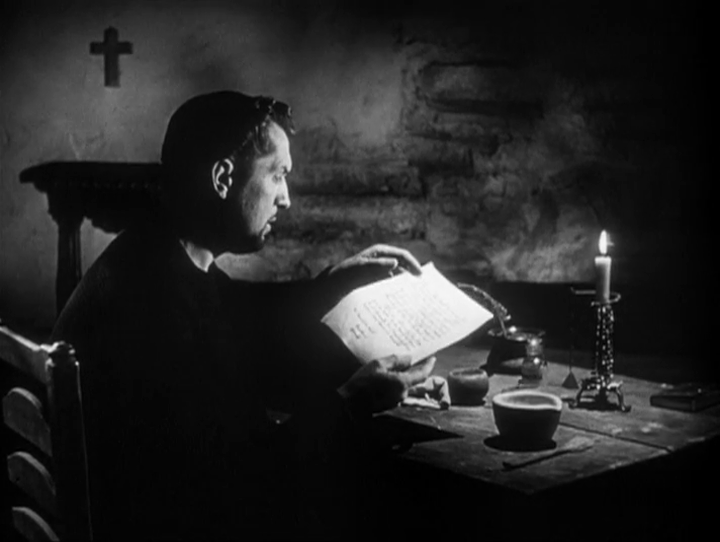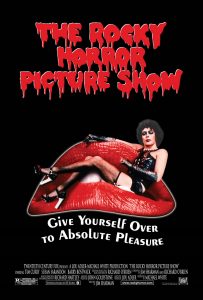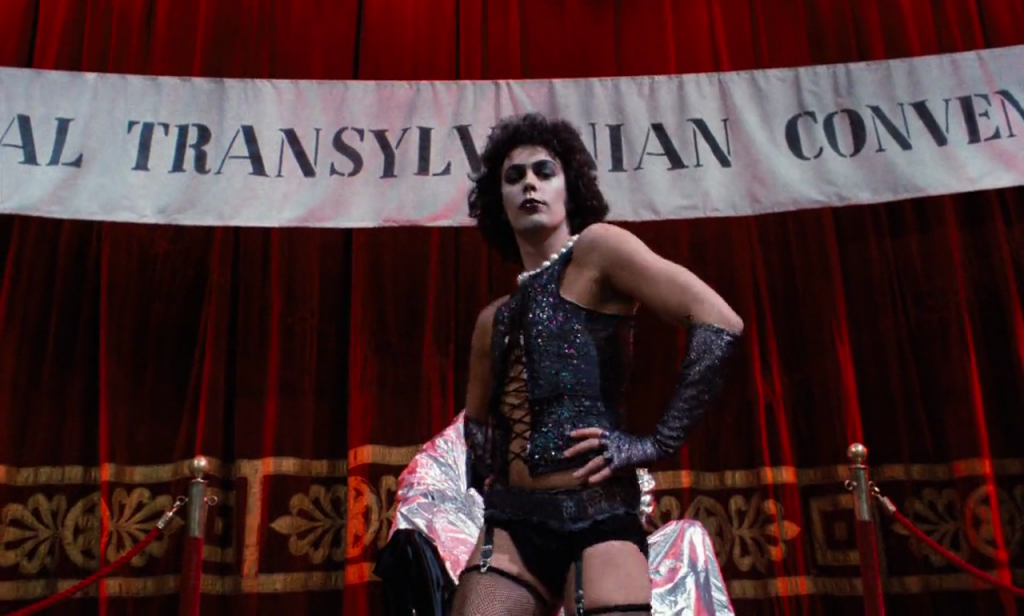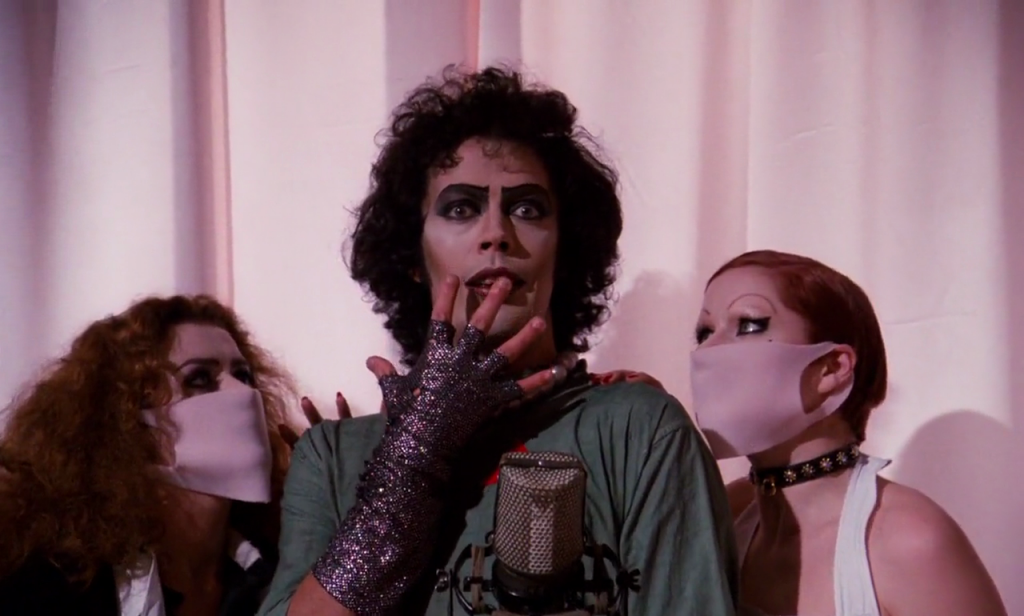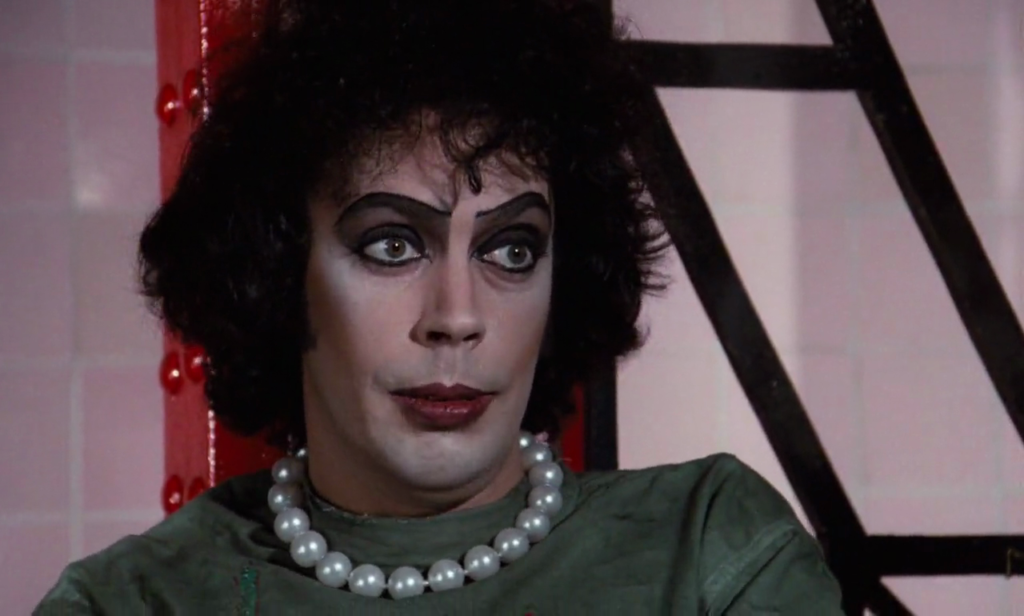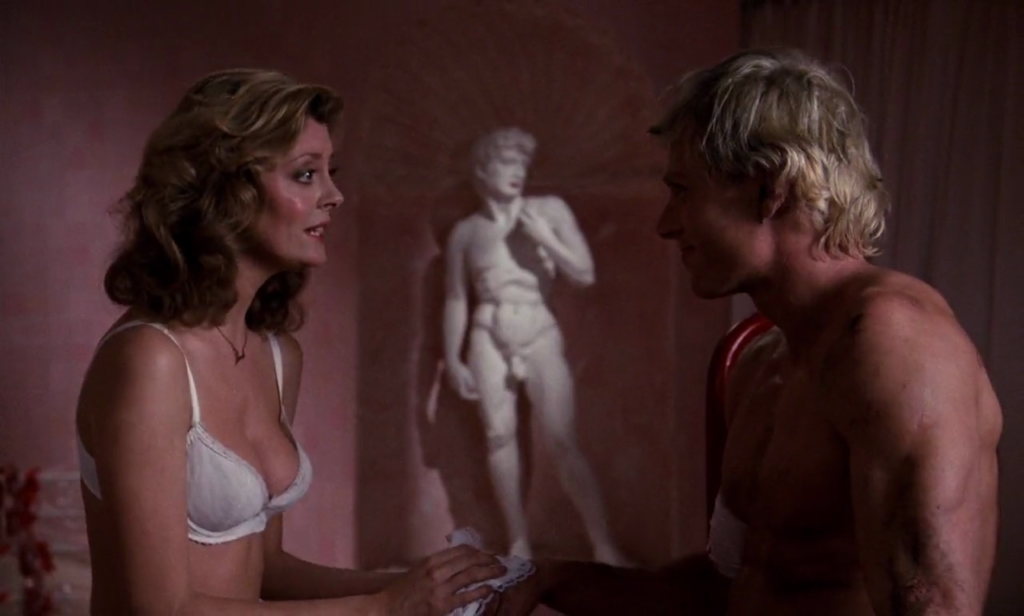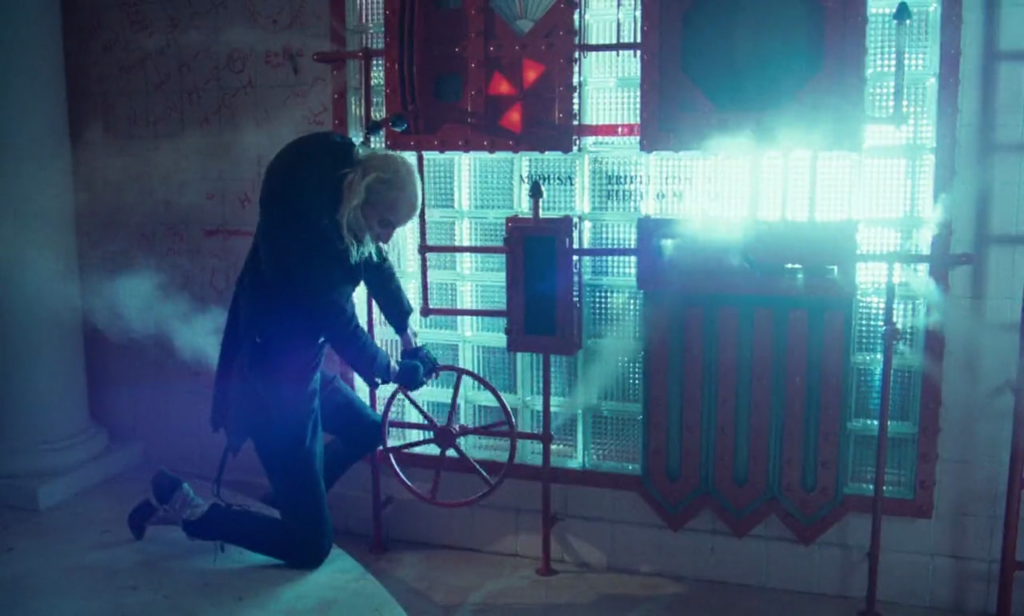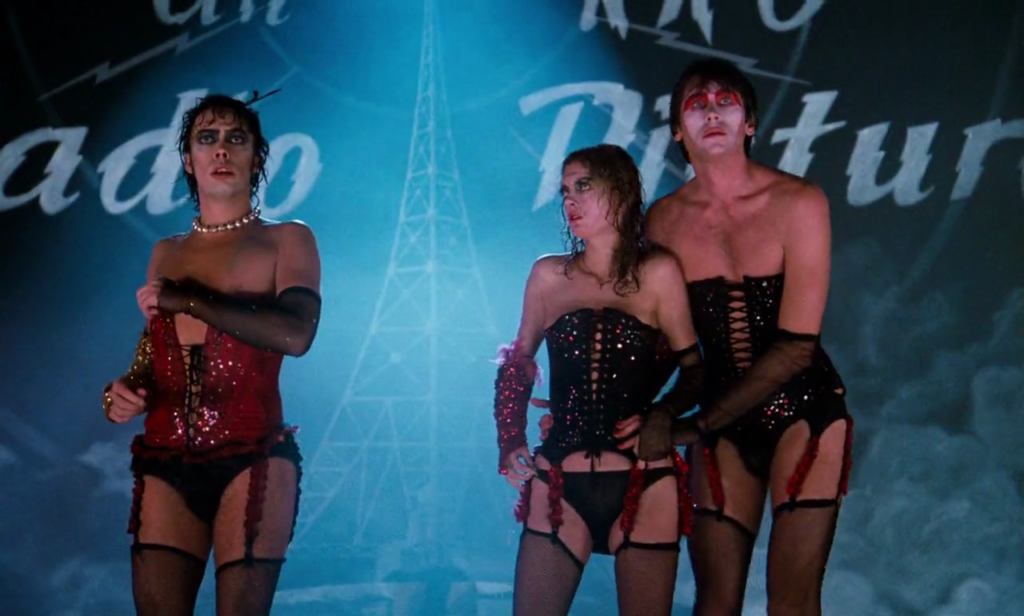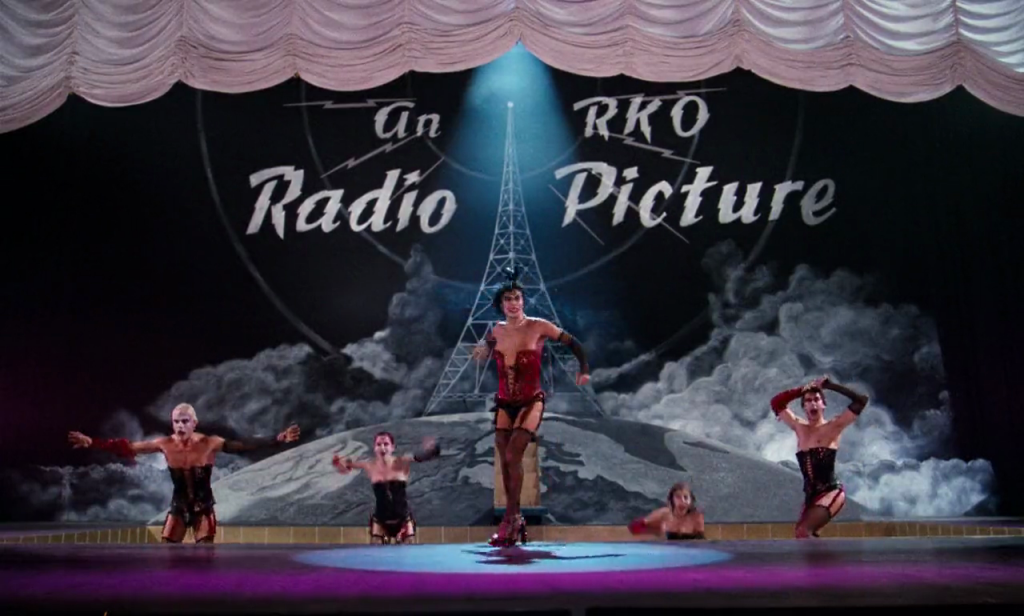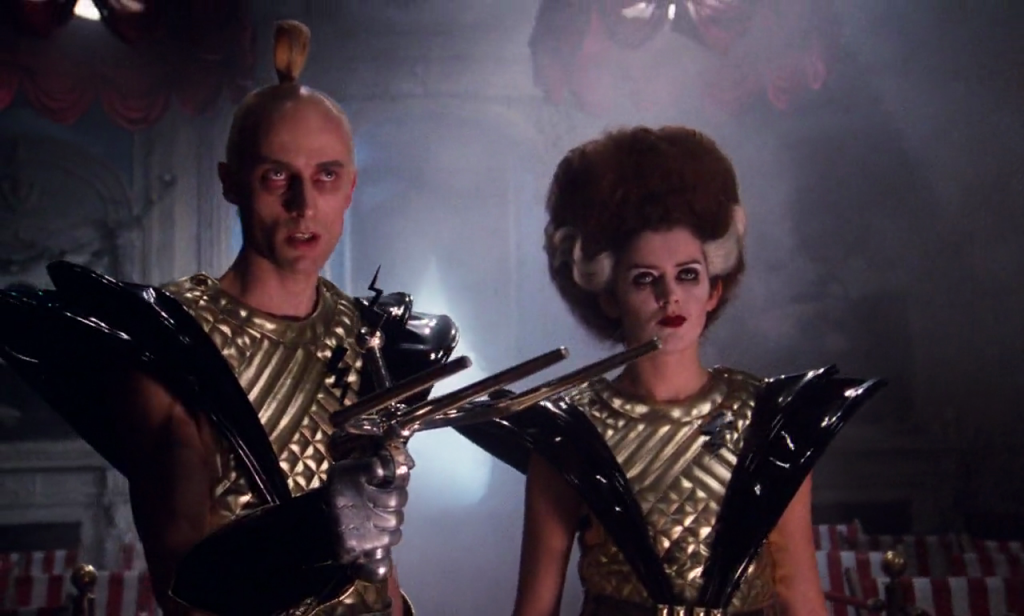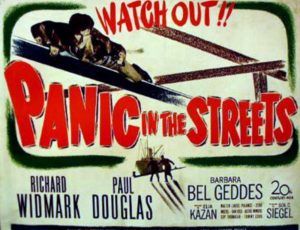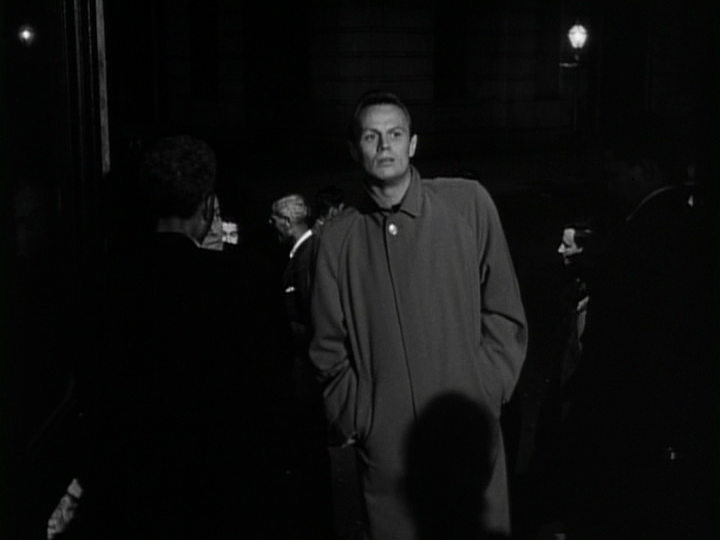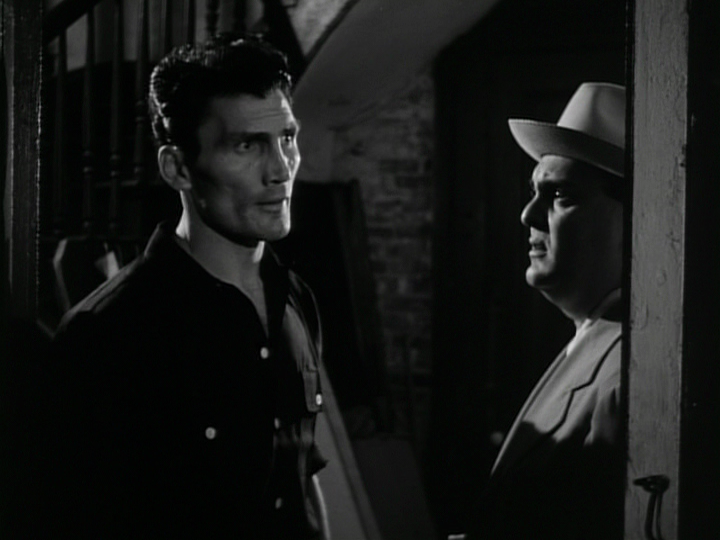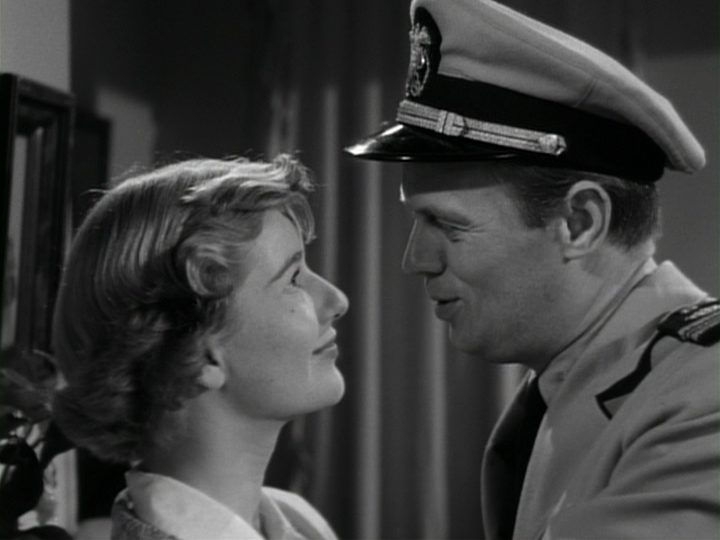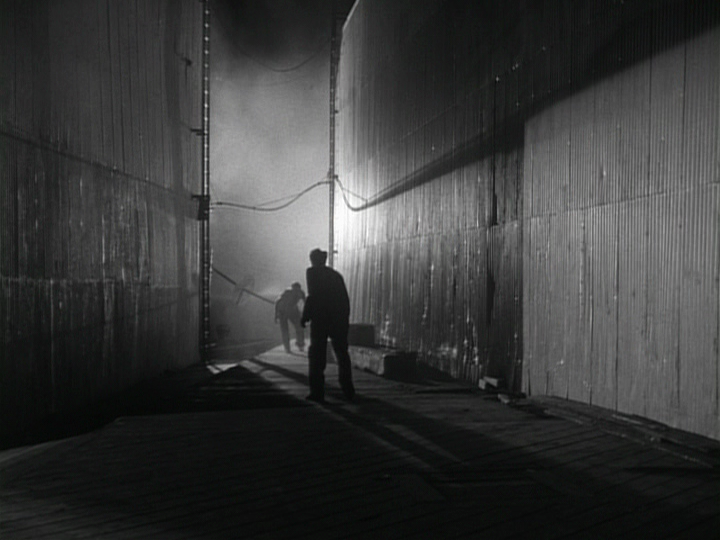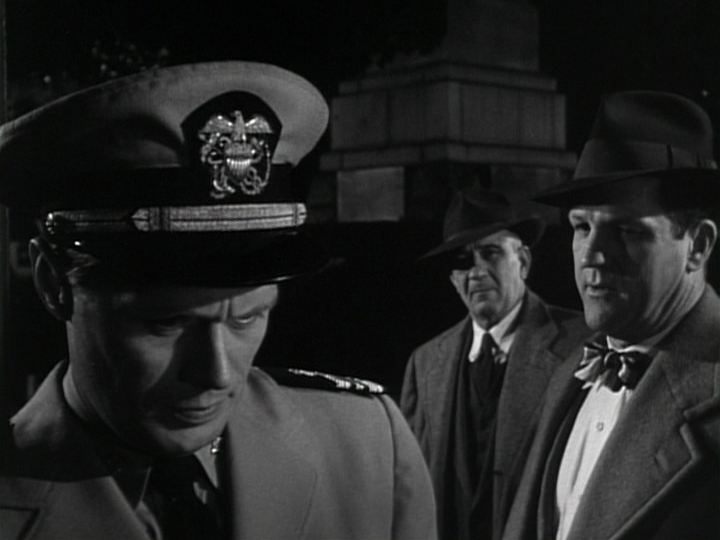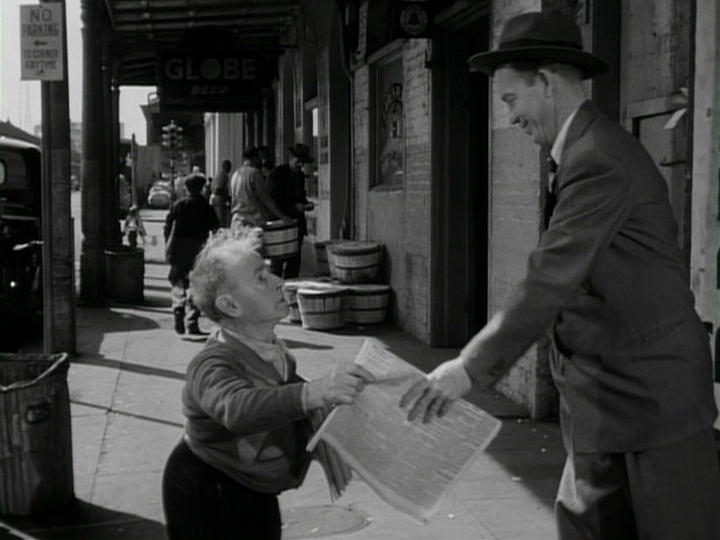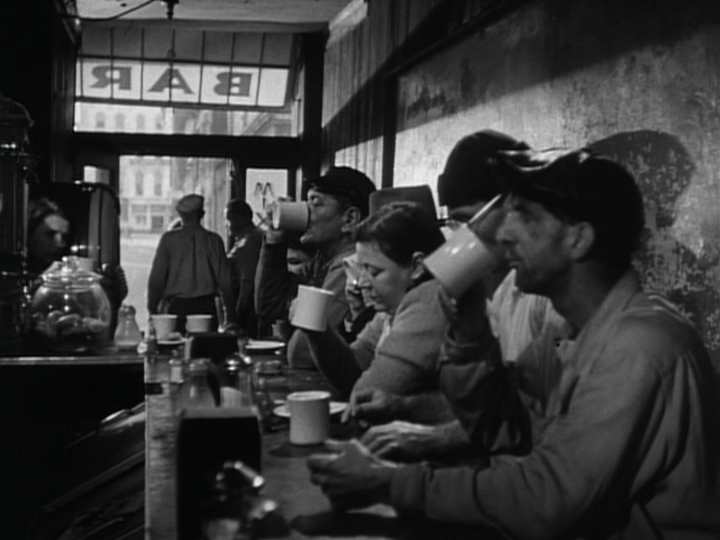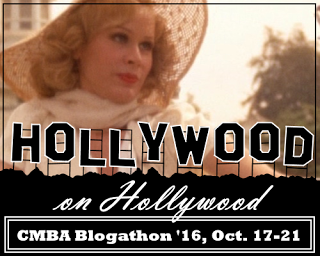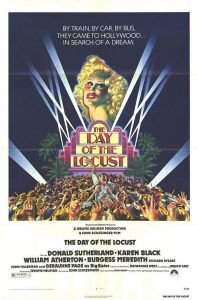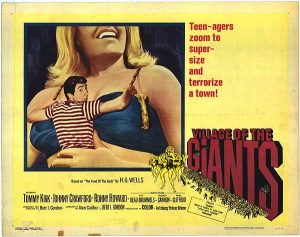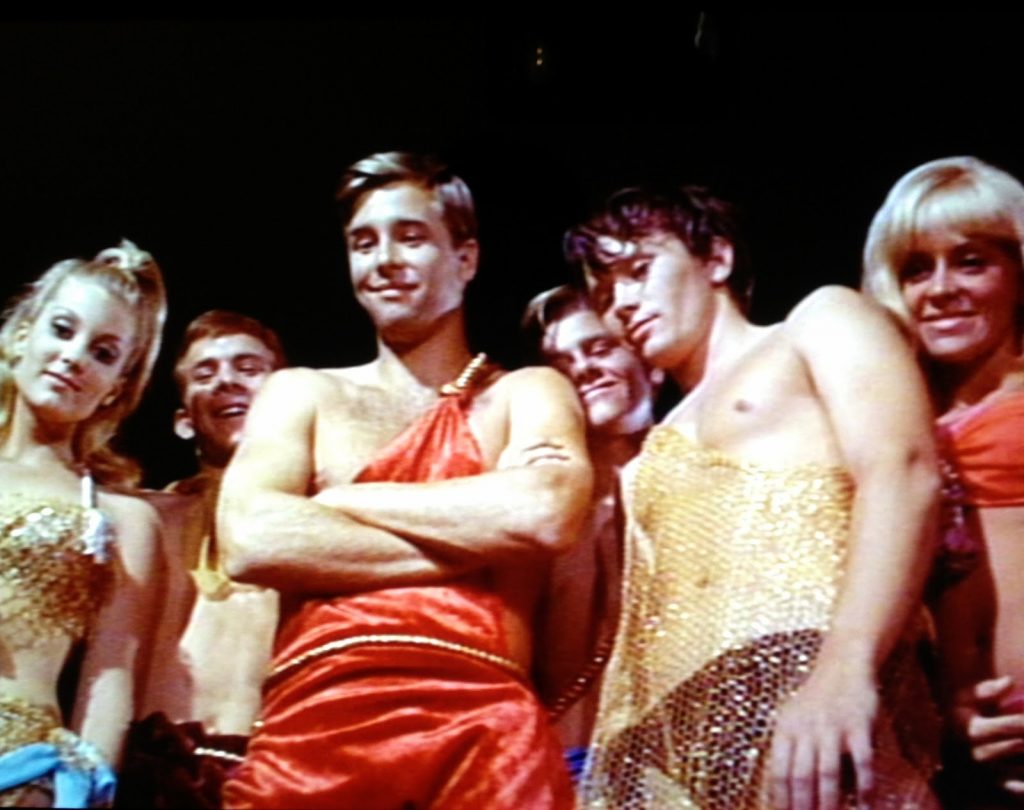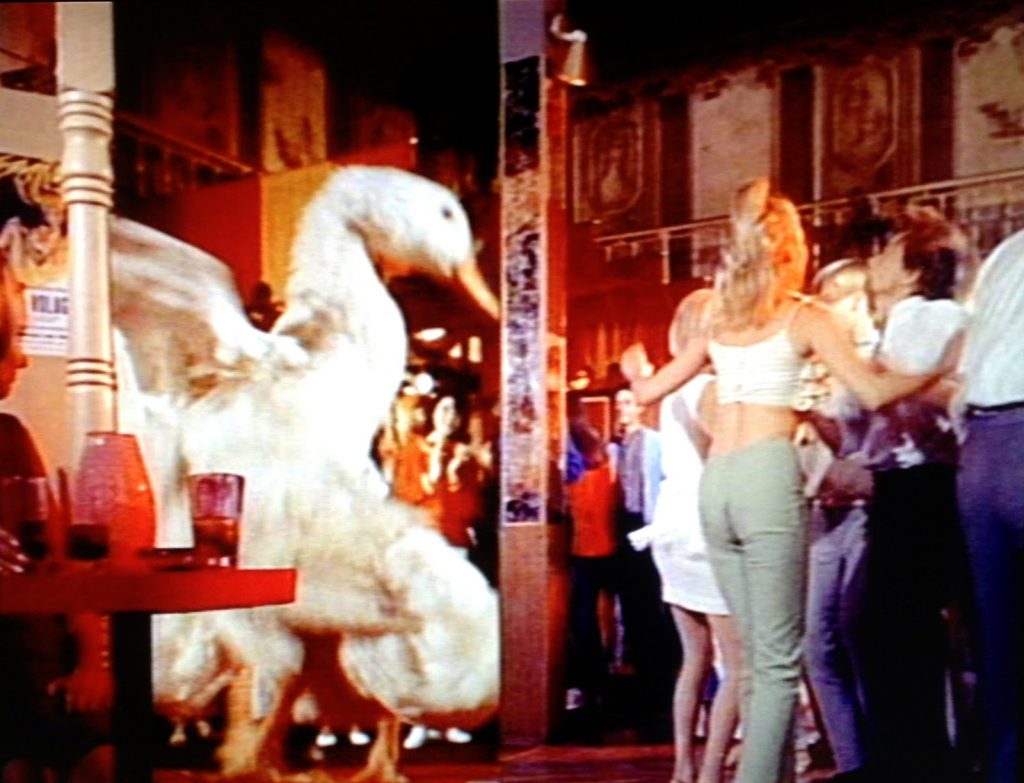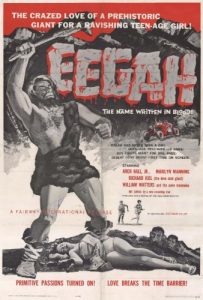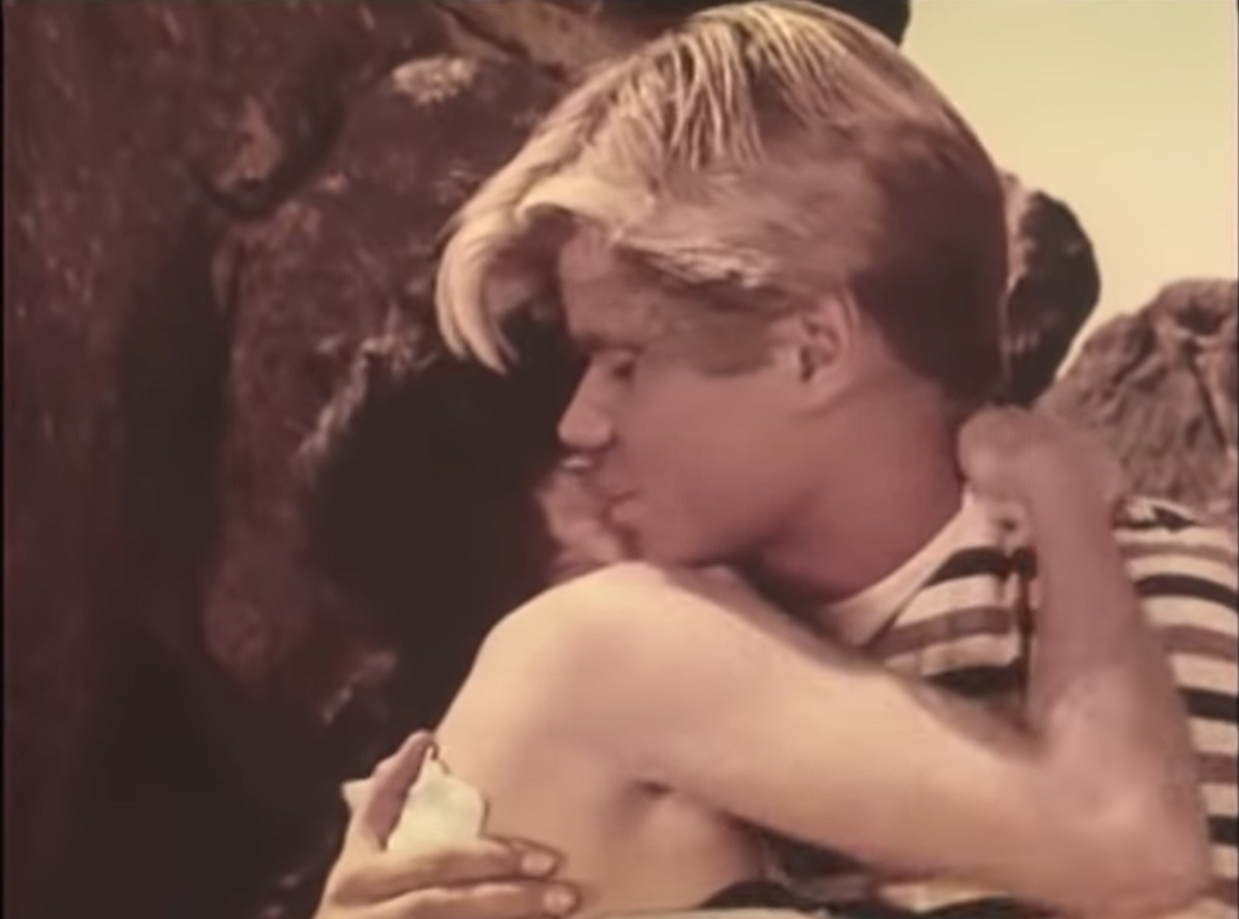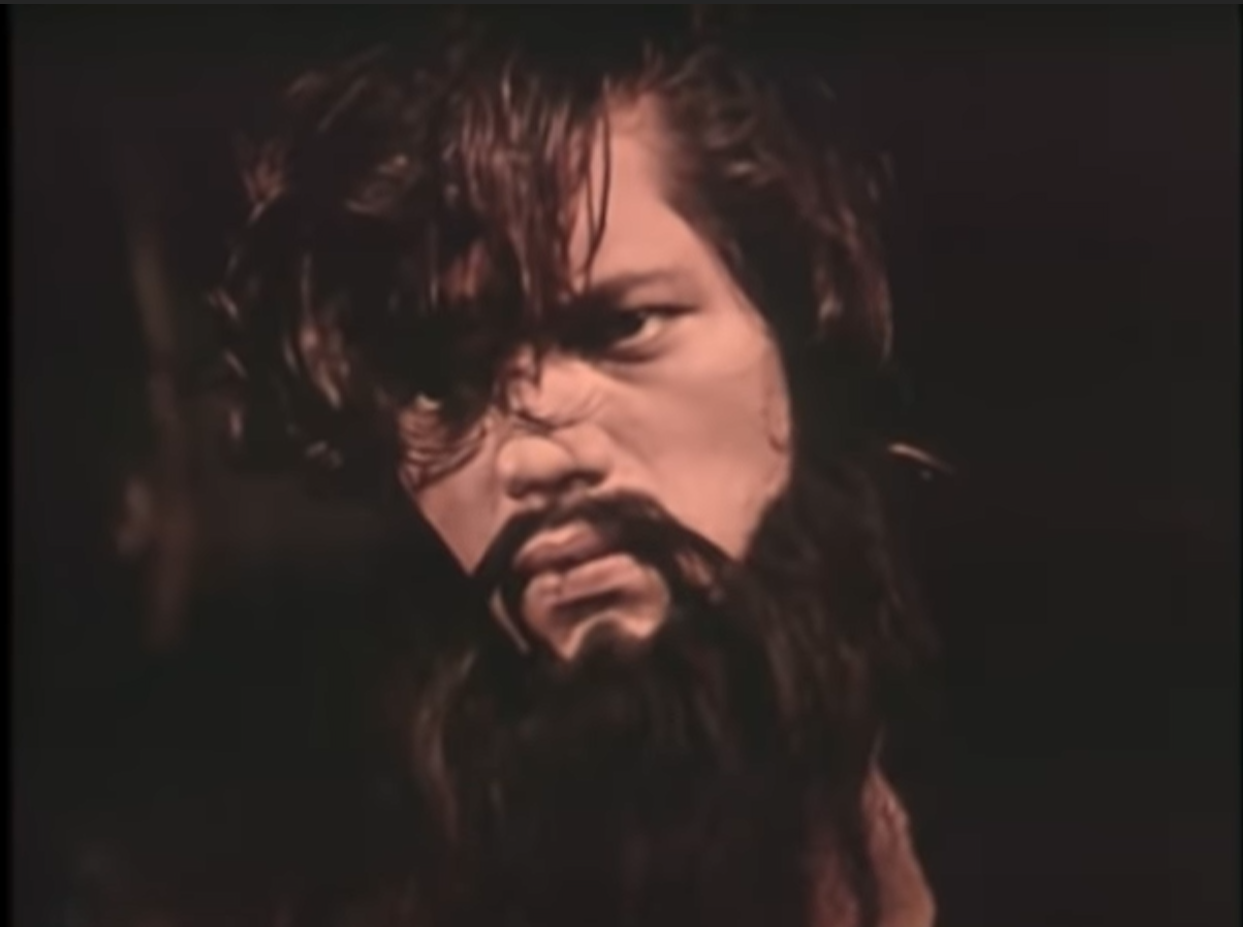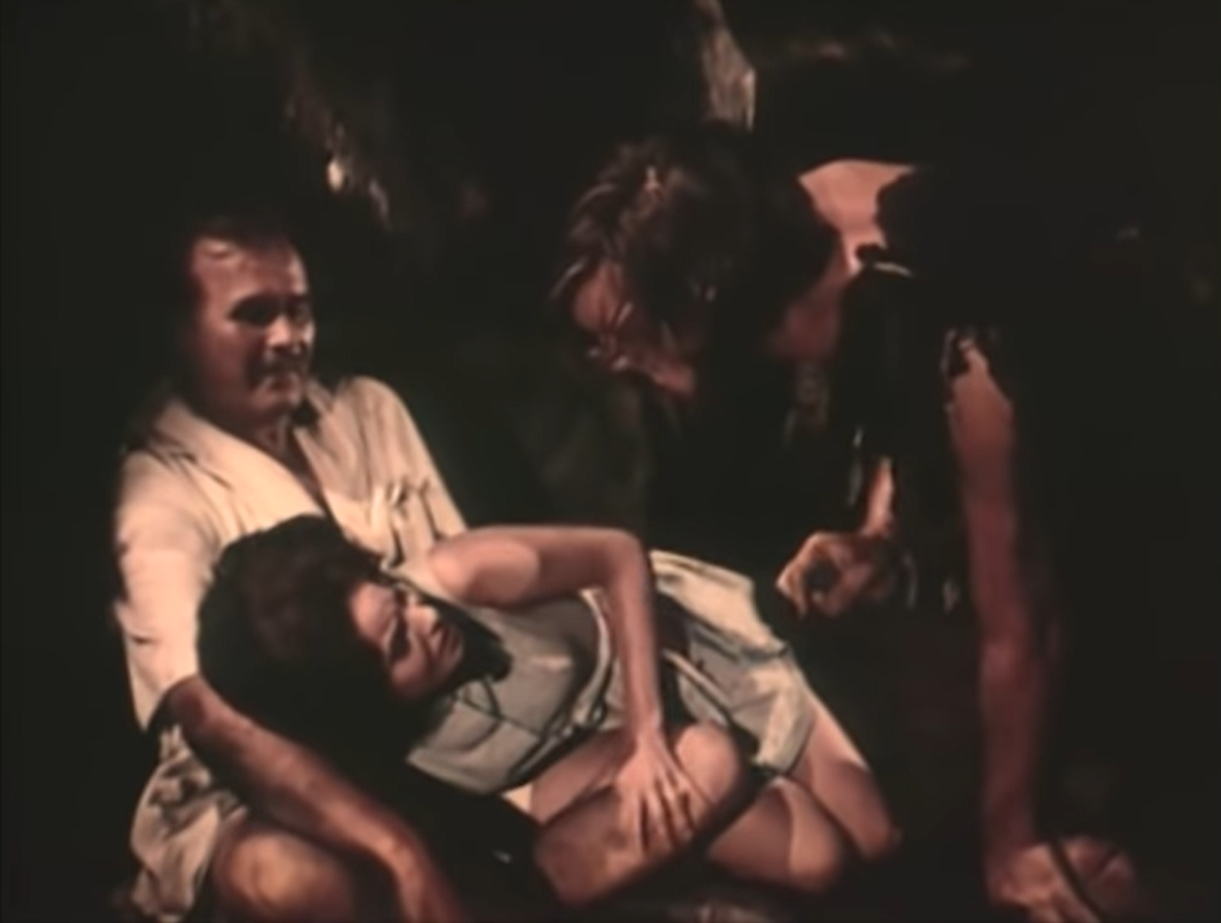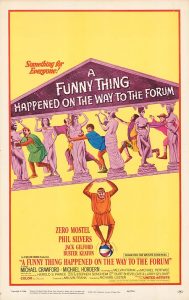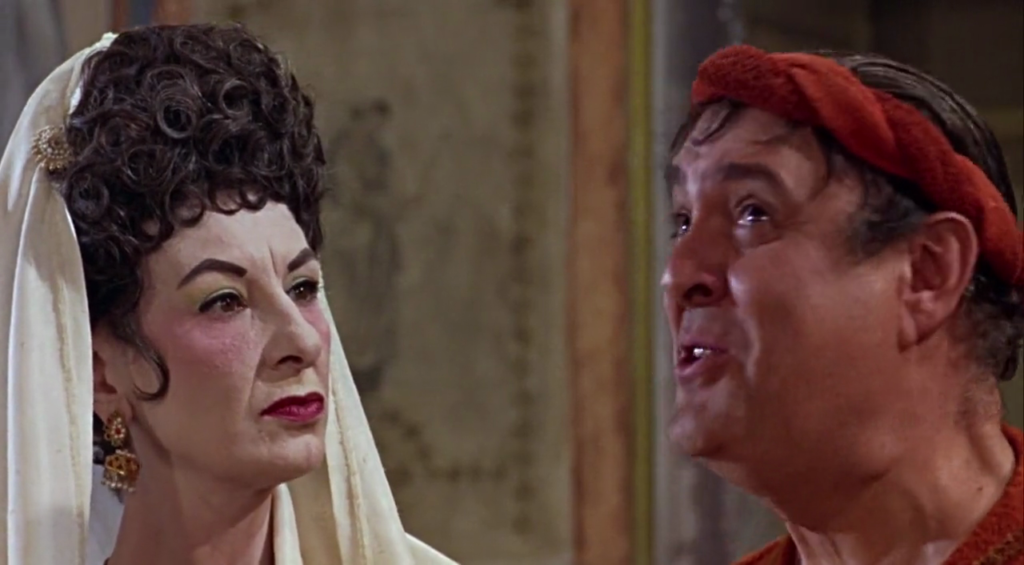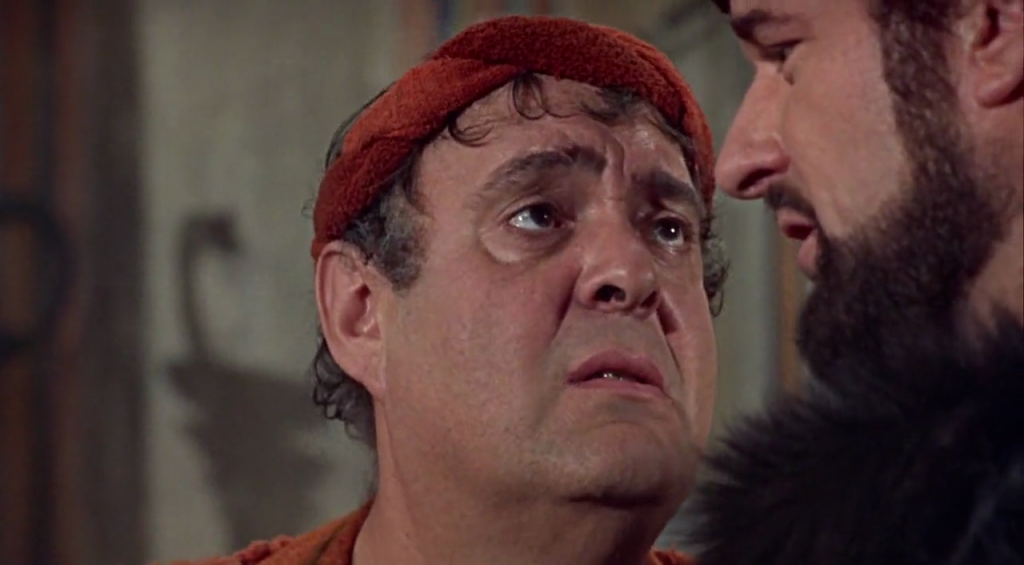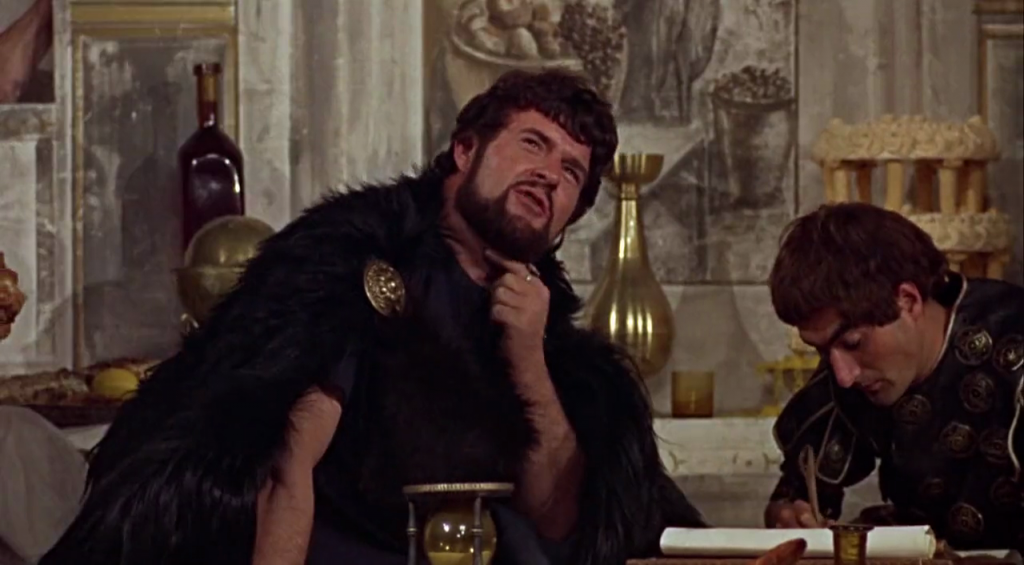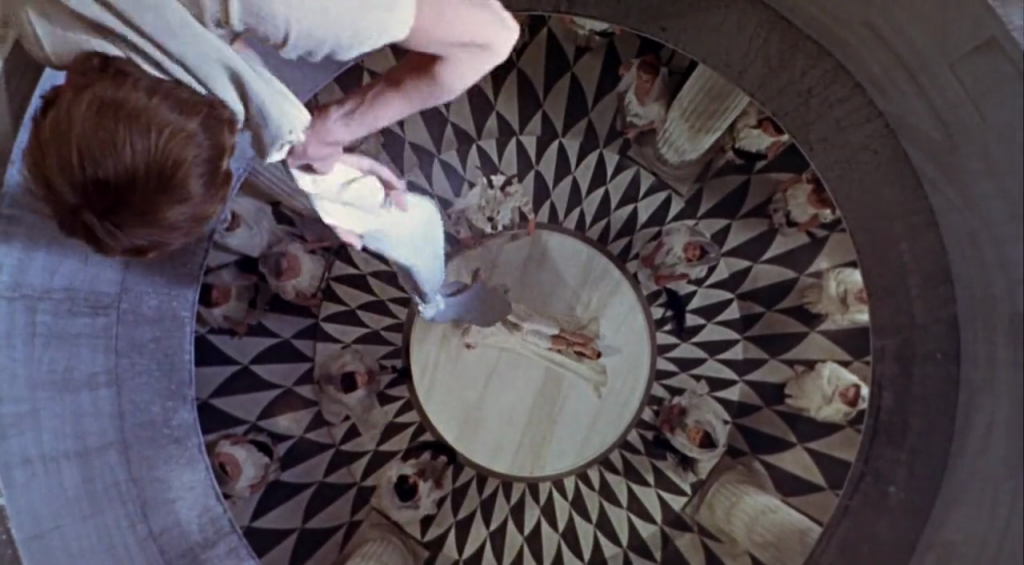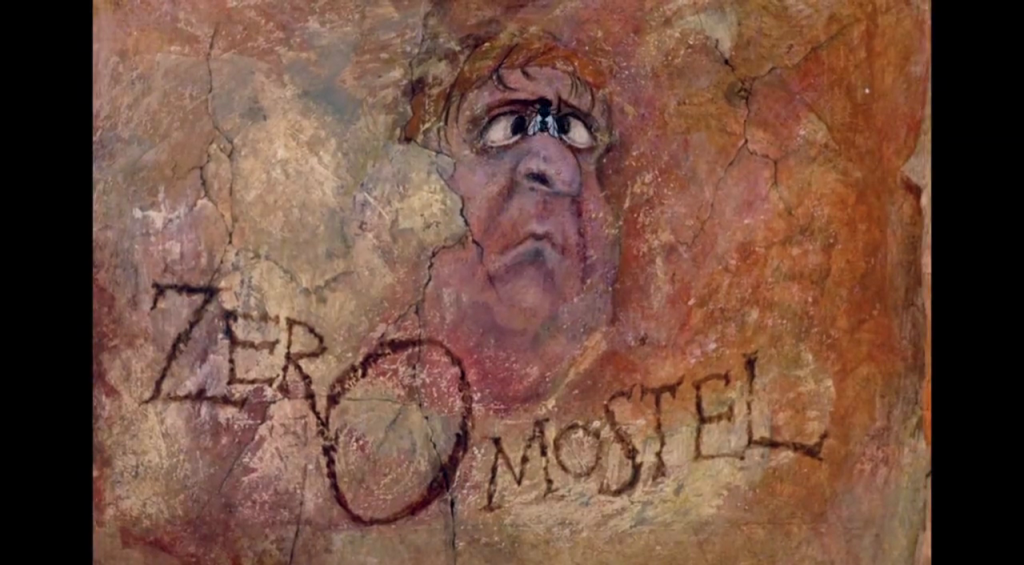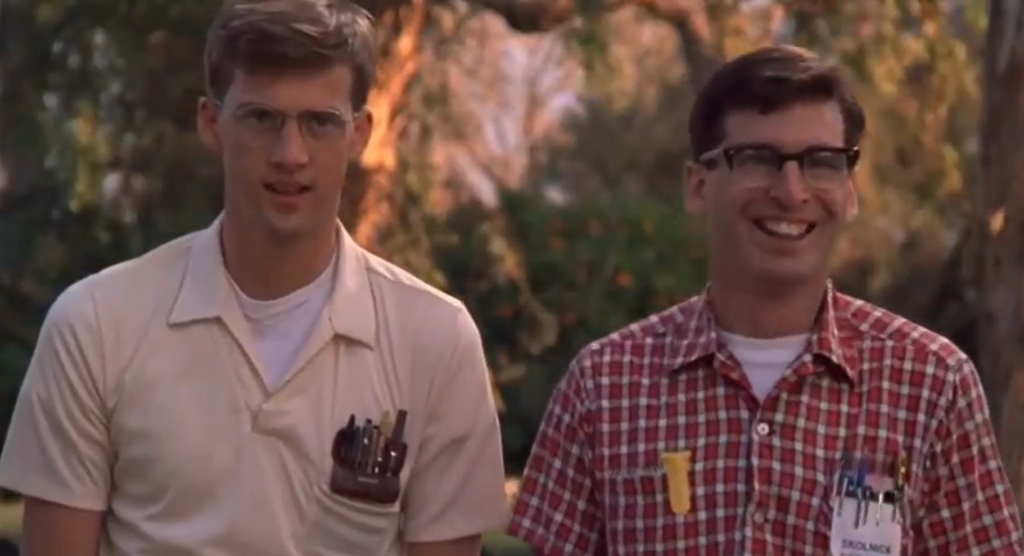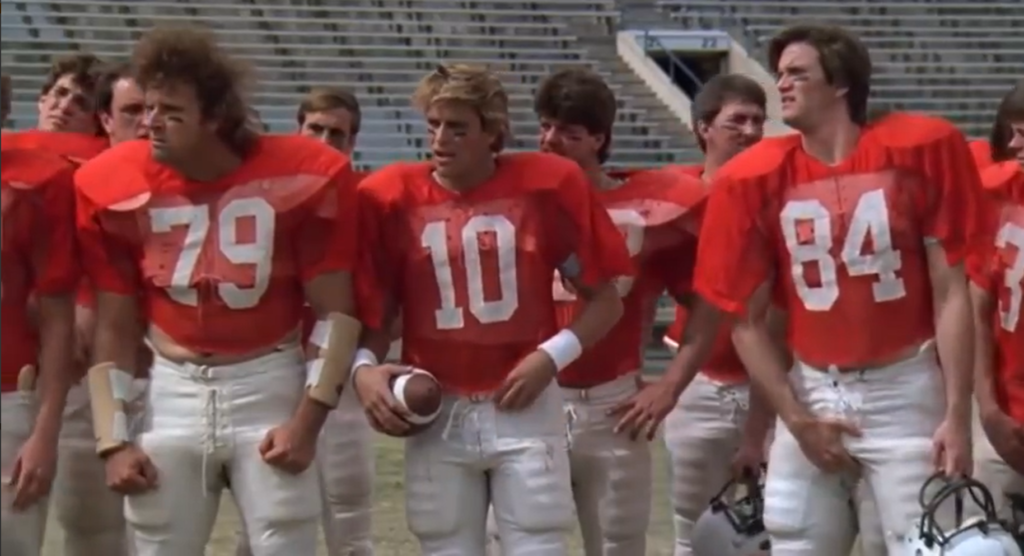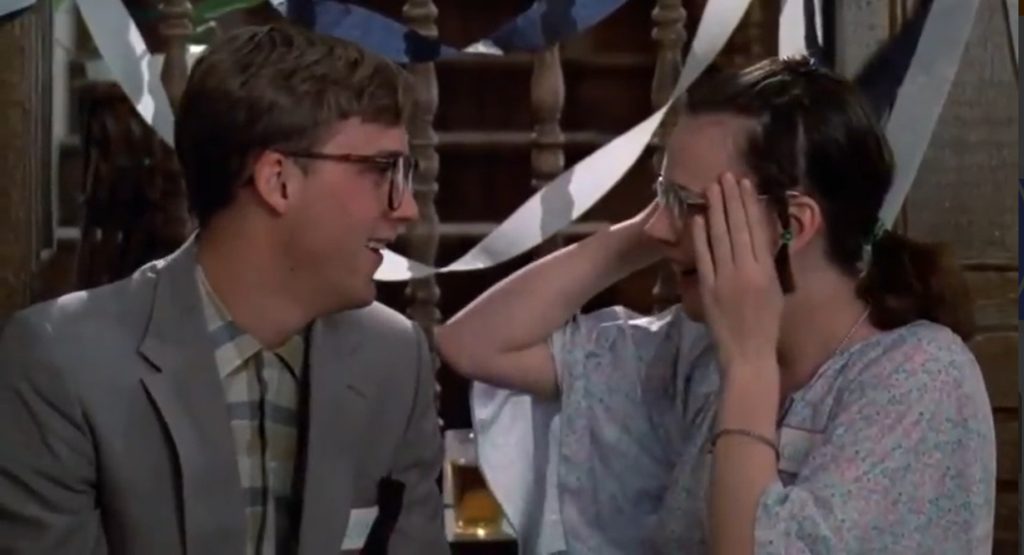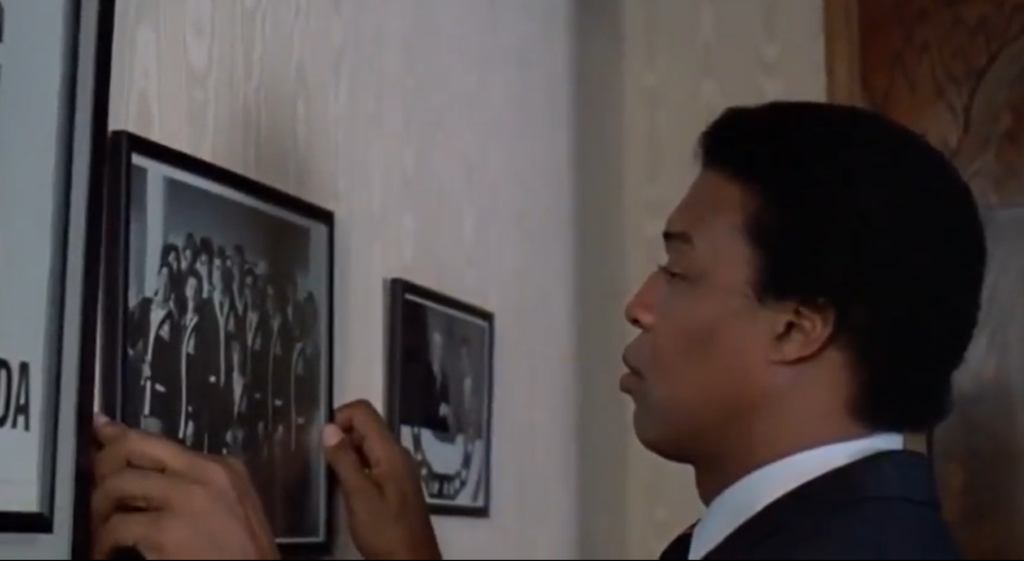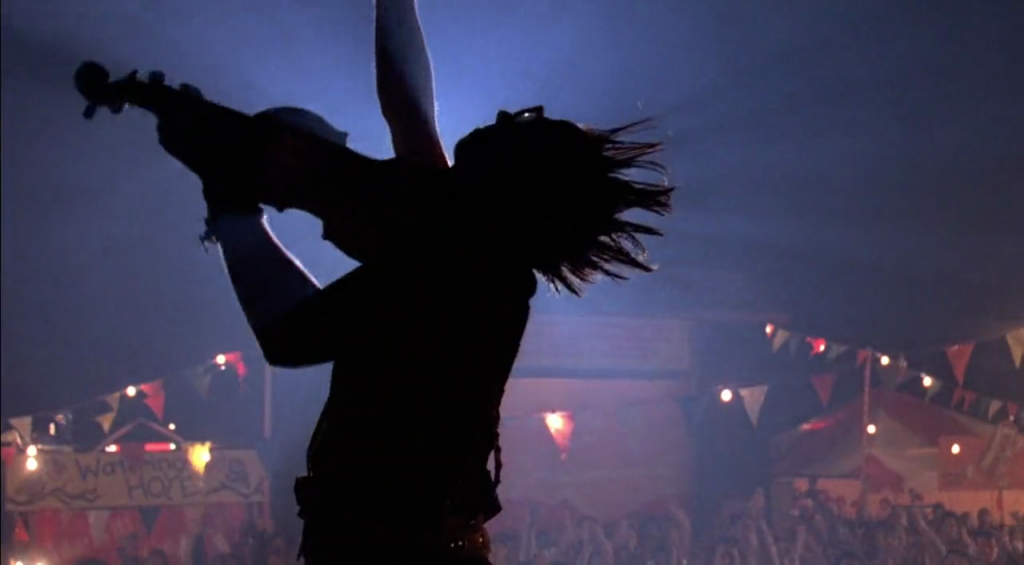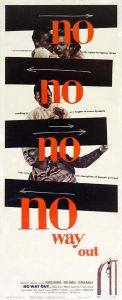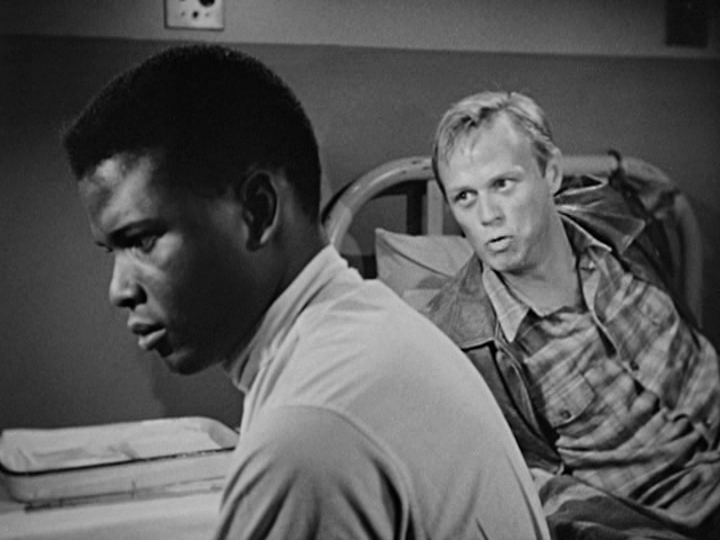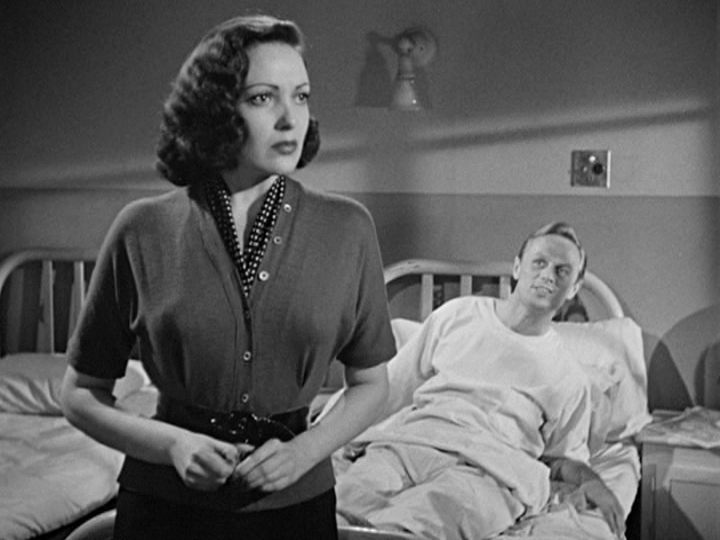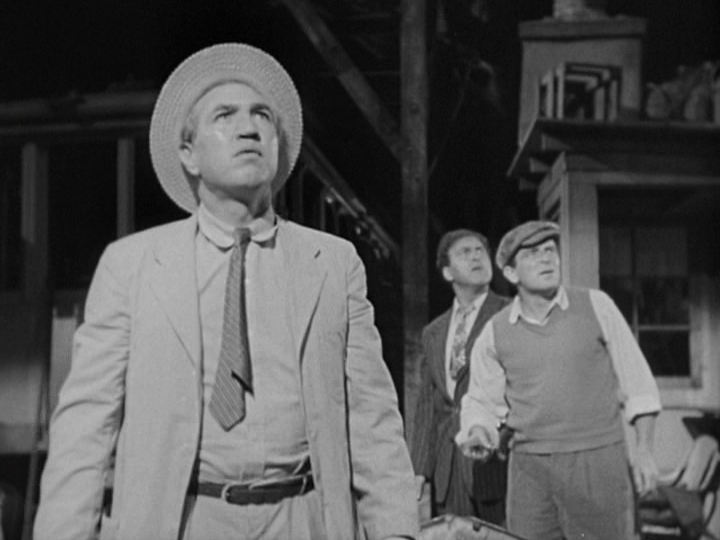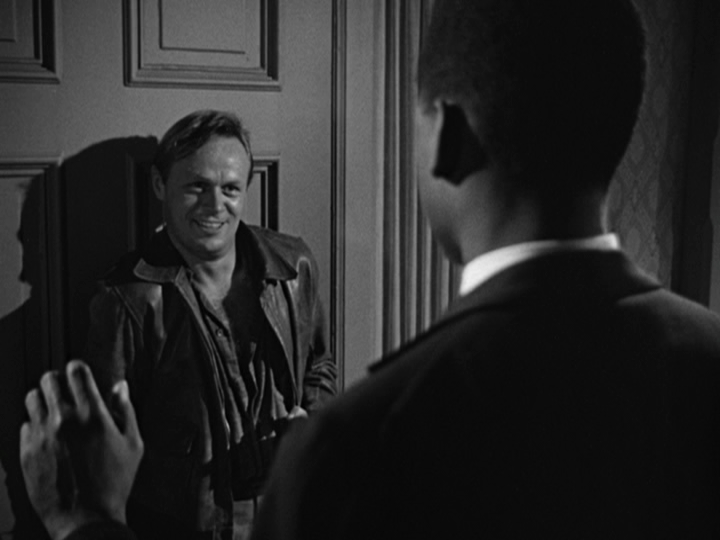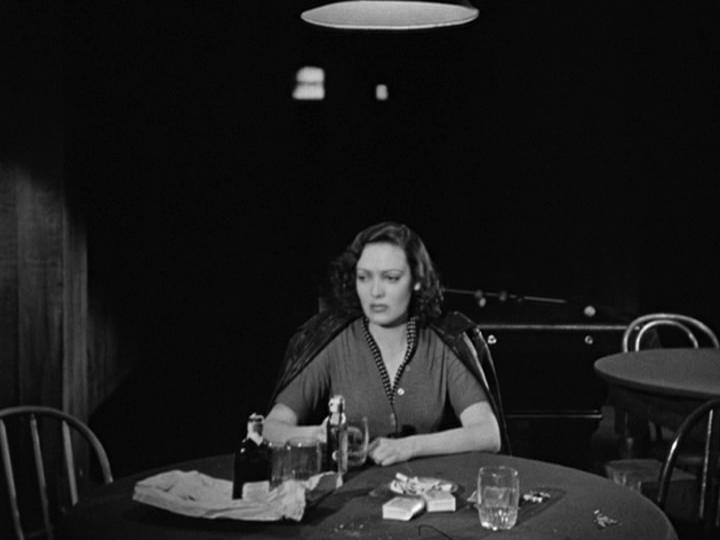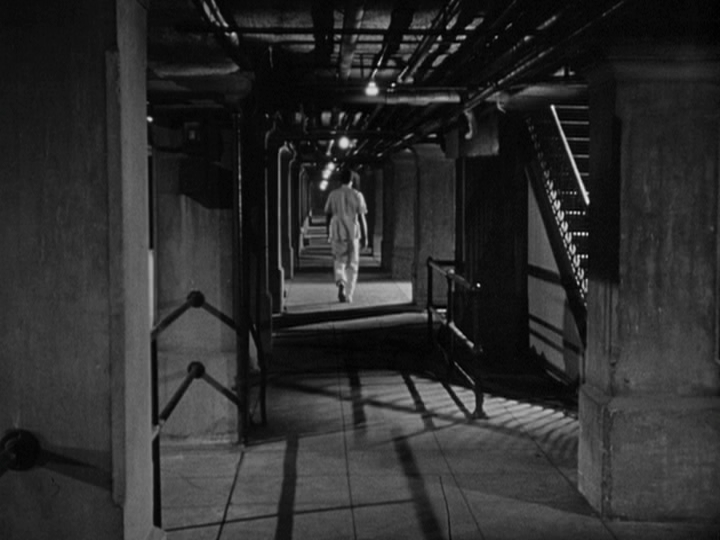|
Genres, Themes, Actors, and Directors:
- Aspiring Stars
- Burgess Meredith Films
- Donald Sutherland Films
- Historical Drama
- Hollywood
- John Schlesinger Films
- Karen Black Films
- Paul Stewart Films
Review:
John Schlesinger’s adaptation of Nathaniel West’s 1939 novel — based on a screenplay by formerly-blacklisted Waldo Salt — remains a satirically surreal, visually heady glimpse into late-1930s Hollywood, when production lots hosted hordes of costumed extras, starlets and ex-vaudevillians scrambled for their big break on-screen, and curly-headed dancing moppets had a one-in-a-million chance of becoming a star. The ostensible protagonist of West’s novel is Tod Hackett (Atherton):

… a Yale art school graduate whose entrance into Hollywood is considerably greased by his Ivy League connections. But the character we follow most closely is Black’s Faye Greener:
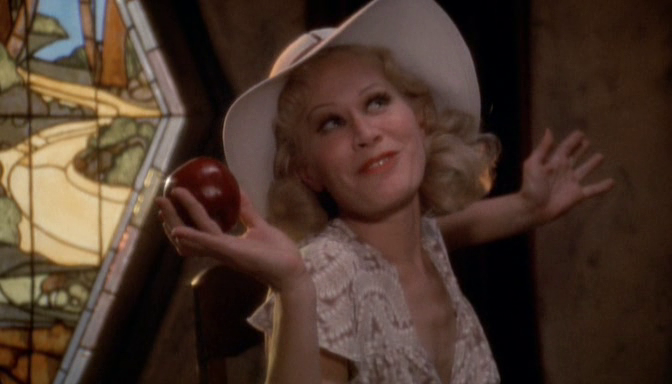
… an oddly sympathetic peroxide-blonde who strings numerous men along, but with full transparency about her priorities. Her concern for — and exasperation with — her ailing father (Meredith is perfectly cast as a former-clown-turned-salesman)

… help to balance her childish affect and single-minded determination to shift her status from “extra” to “star”. (In the still below, she’s reaching out to herself on-screen during her overly brief appearance in a costume drama.)
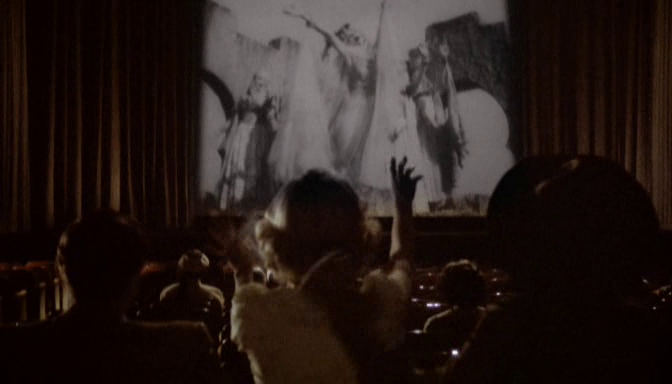
Inevitably, as with any cinematic adaptation of a literary work, nuance is lost in translation — but Schlesinger’s vision (assisted by DP Conrad Hall) shines forth, offering a vividly recreated landscape of Hollywood as seen from numerous vantages, including on bustling sets:
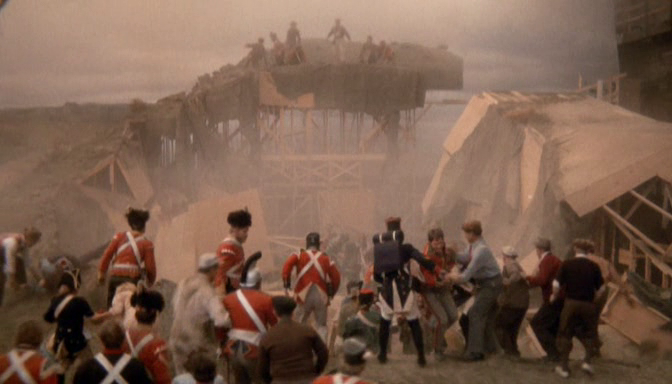
… in studio offices:

… in courtyard apartments:
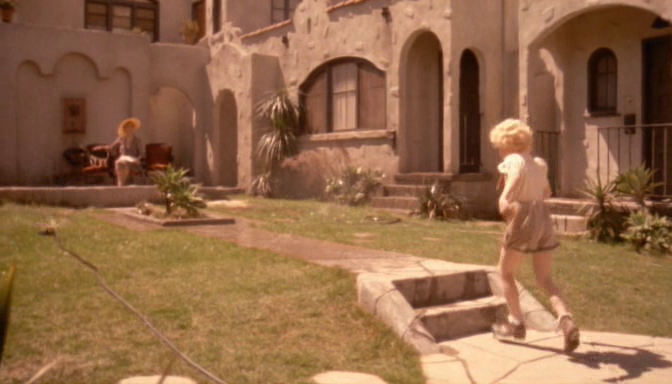
… along the dusty hills of Southern California:

… up by the “Hollywoodland” sign:
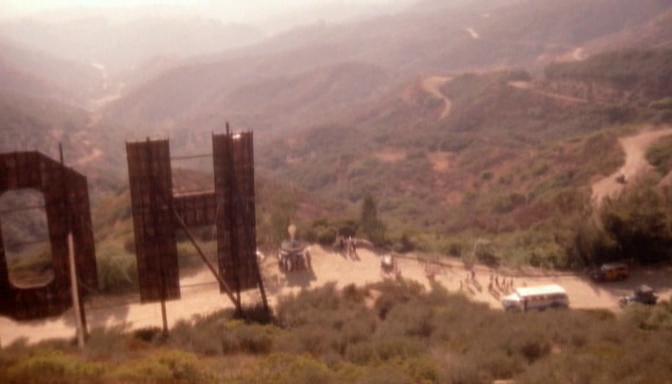
… at exclusive stag-film screenings:
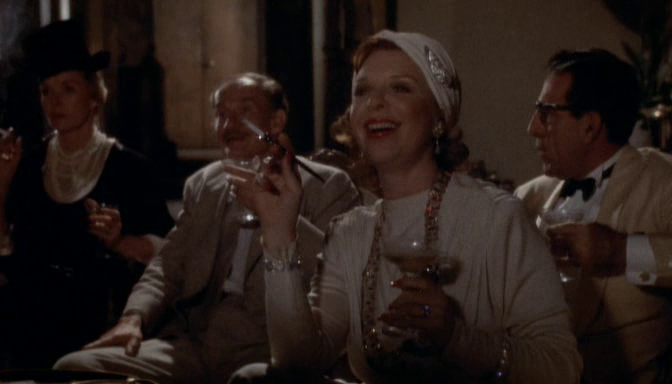
… and at Graumann’s Chinese Theater on an even-more-chaotic-than-usual opening night.
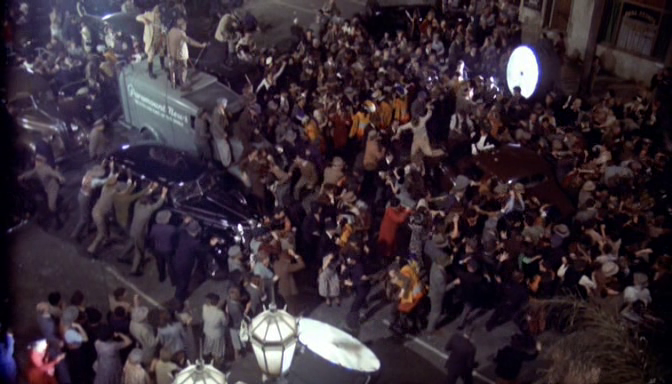
Day of the Locust is less concerned with telling the arc of Etherton’s new career than showing us how all-consuming this universe was (and still is) for those who covet — or are even curious about — its offerings. Meanwhile, Sutherland’s hulking giant offers a deliberate counterpart to Hollywood’s headiness: his deeply neurotic, socially awkward accountant lives in Southern California for his health, and simply wants to help those-in-need; his character’s decline — intentionally evocative of Frankenstein‘s monster — is especially tragic given his status as a sacrificial innocent.
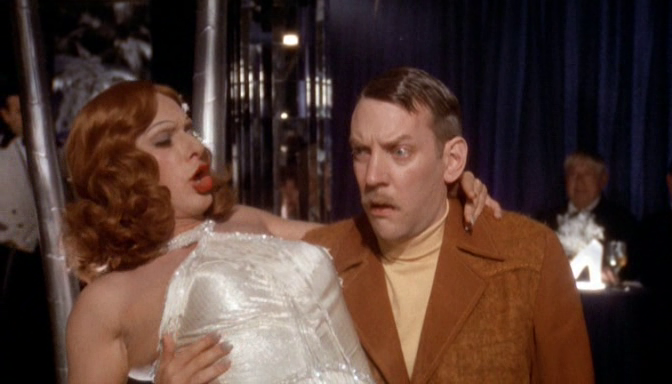
Watch for many memorable supporting characters, including androgynous Jackie Haley as the fatally obnoxious “Adore”:

… Billy Barty as Abe Kusich:
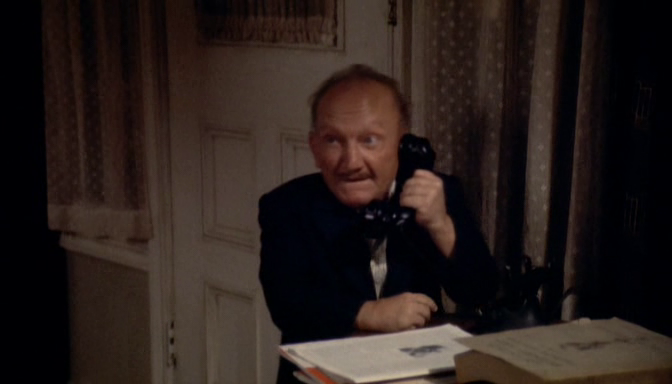
… Geraldine Page as “Big Sister”:
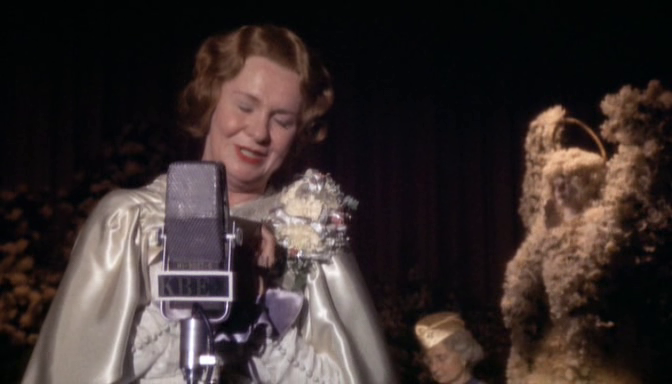
… Natalie Schafer (of “Gilligan’s Island” fame) as a cultured madam:
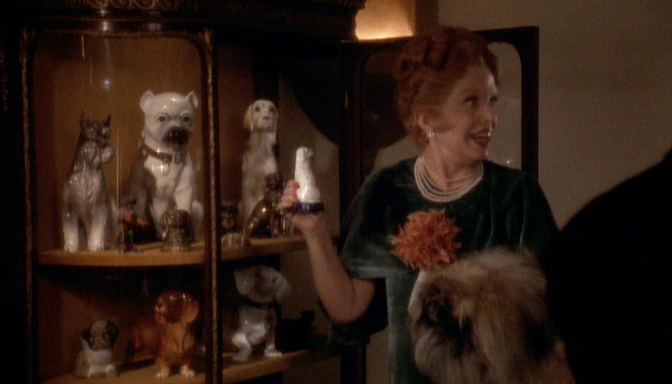
… and William Castle in cameo as a director.
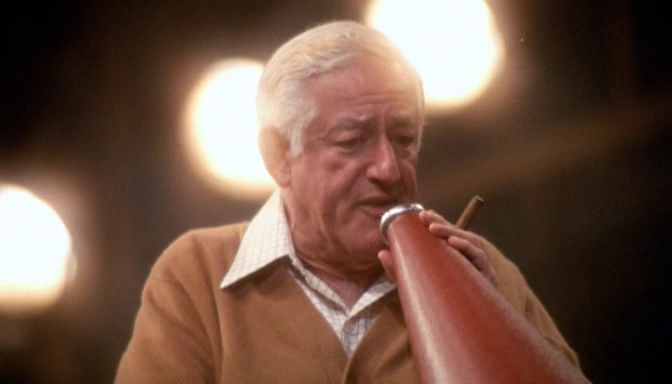
Note: Click here for a Project Gutenberg copy of West’s book, which is well worth a read.
Redeeming Qualities and Moments:
- Karen Black as Faye Greener
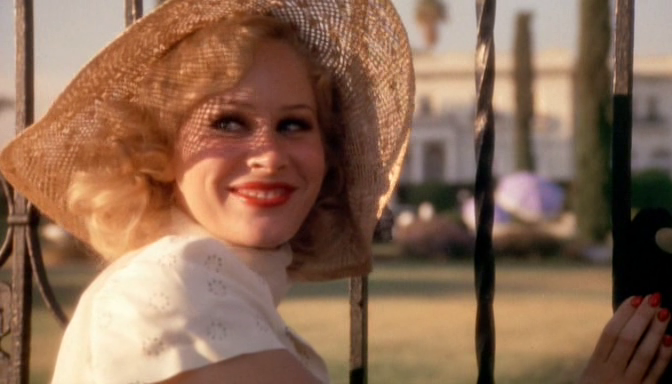
- Donald Sutherland as Homer Simpson

- Conrad Hall’s cinematography

- A vivid recreation of 1930s Hollywood
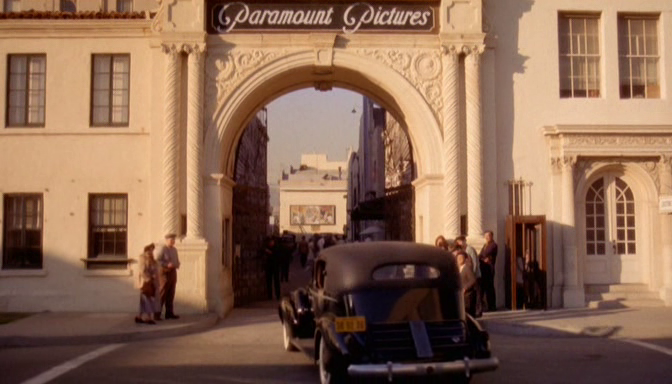
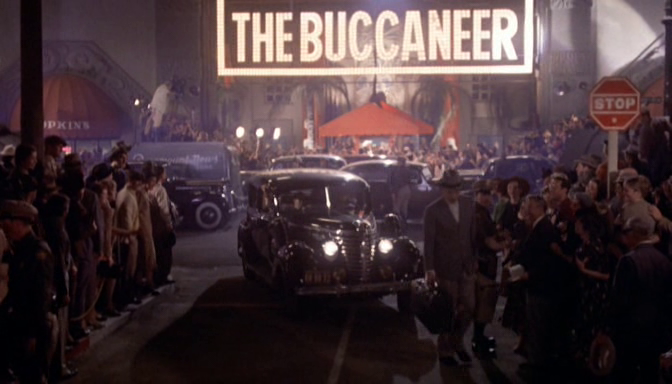
- Authentic sets and costumes
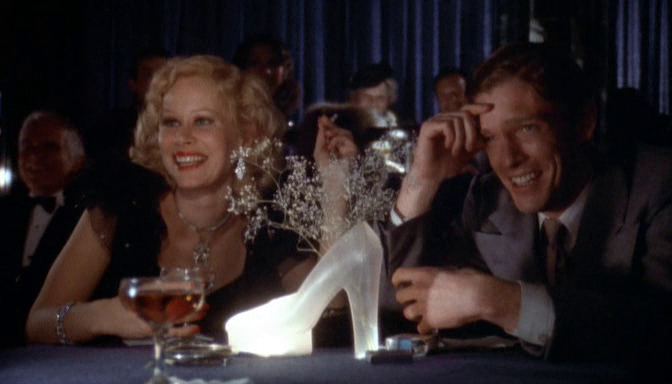
- The surreal finale
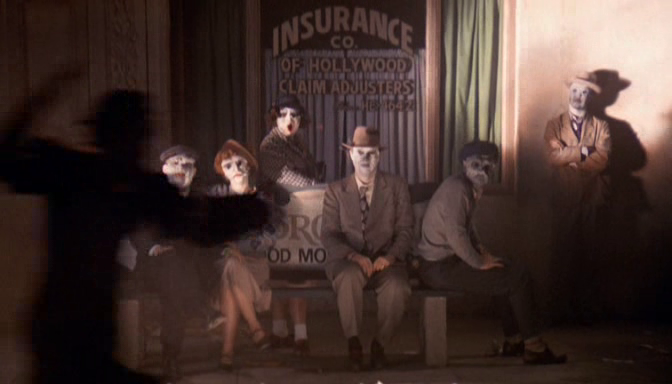
Must See?
Yes, once, for its surreal insider’s look at the bowels of Hollywood. It would make a good double-bill with Robert Altman’s The Player (1991).
Categories
Links:
|
